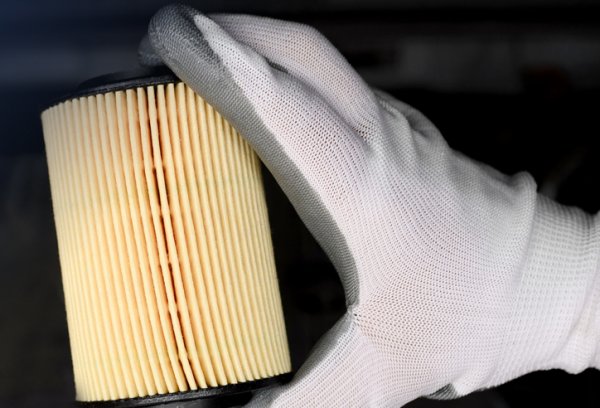
PrimaLoft and adidas take partnership to new level
Reports highlights a lack of cost-competitive sustainable alternatives for the hygiene market.

5th September 2022
Innovation in Textiles
|
Akron, OH, USA
Diapers, wipes, and feminine hygiene goods are all vital parts of a global nonwovens industry worth $55.6 billion in 2022, but legislative pressure to reduce single-use plastics is now combining with a demand for more sustainable nonwovens according to a new report from Smithers. This includes the market deployment of more advanced biodegradable fibre-based substrates.
The report – The Future of Fibre vs. Polymer Based Nonwovens to 2027 – charts the evolution of this trend and the broader impact on the nonwoven supply and product performance. Its data shows that in 2022, 100% of polymers used in polymer-based nonwovens are plastic (PE, PET, PP, Others). Only 64% of fibre-based nonwovens are plastic (PP or PET fibres), with rayon, lyocell, bicomponent fibres and wood pulp representing the remainder.
The market is evenly split – a projected 6.53 million tons of fibre-based nonwovens worth $28.7 billion will be produced worldwide in 2022. This contrasts with a market for polymer nonwovens consuming 6.64 million tons and worth $27 billion and a much smaller segment for fibre-polymer composite nonwovens projected at 225,200 tons and valued at $761.9 million.
Fibre-based nonwovens have the technological lead in 2022 for producing sustainable and increasingly fully plastics-free products. This will lead to accelerated demand in multiple applications through to 2027.
Capacity
Countering this is a lack of installed production capacity, which will require investment to reverse, while matching the technical performance of polymer nonwovens will be a leading R&D priority for realising a more sustainable future in an industry where most consumer formats are still designed for single-use.
This will be balanced with the introduction of new nonwoven processes and other iterative trends, such as the production of lower basis weight substrates. Simultaneously, the market will see a wider use of recycled plastics and bioplastics, such as polyhydroxyalkanoates (PHAs) providing alternative routes to more sustainable nonwovens.
These factors will retard any wider transition to fibre-based nonwovens, giving both material sets nearly equal growth rates through to 2027 – at 6.9% for fibre-based nonwovens by weight and 6.8% for polymer-based.
The majority of expansion for fibre-based nonwovens will come from drylaid lines. Globally, consumption will increase faster than for spunlaid, the main polymer nonwoven process, though expansion on supply from both airlaid and wetlaid lines will be significantly slower.
The greatest growth in fully plastics-free nonwovens will be in wipes, leveraging the technical heritage that is increasingly diversifying the range of flushable wipe substrates already available. In contrast, polymer-based disposable nonwovens will continue to increase sales, especially into the dominant hygiene market, where there are currently no cost-competitive sustainable alternatives.
In durable nonwovens, enthusiasm from the fashion industry will see much wider use in apparel interlinings. Fibre-based coating substrates also have a very positive growth outlook as nonwovens continue to supplant higher cost, heavier weight textiles in multiple segments.

Business intelligence for the fibre, textiles and apparel industries: technologies, innovations, markets, investments, trade policy, sourcing, strategy...
Find out more